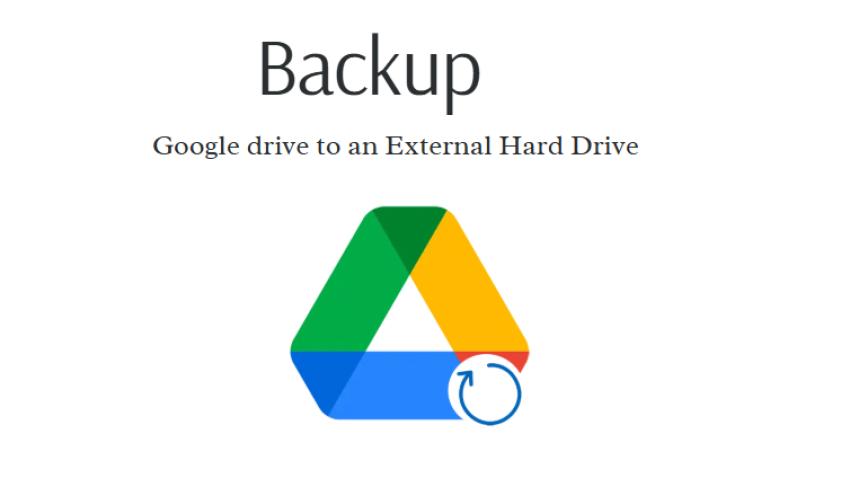
A very large number of users use Google Drive as their cloud storage due to its simplicity, as well as the provision of free storage space of 15 GB per individual. However, the reasons for saving data on an external hard drive may vary from person to person, possibly due to increased security or quicker access. In both instances, depending on the underlying cause, this article will give the steps to back up Google Drive to an External Hard Drive.
Methods for Backing Up Google Drive Files to an External Hard Drive
Three ways of backing up Google Drive data to an external hard drive are listed below: the first is downloading directly from Google Drive, the second is via the Google Takeout Tool, and the third is via an automated tool.
The initial process of duplicating Google Drive files onto an external hard drive.
To apply this technique, follow the steps outlined below:
- Open Chrome and go to the Google Drive website
- Find the files or folders you want to back up.
- Next, select the Google Drive files that you want to replicate to the External Hard Drive.
- Next, click Download from the drop-down menu.
The second way of moving Google Drive files to an external hard drive.
We use Google Takeout to accomplish this. Google Takeout is a free utility provided by Google that allows users to migrate data from a Gmail account to an external hard drive.
- Go ahead and open the Chrome browser and log into your Gmail account, where you will be keeping files.
- Then, go to Google Takeout at Google and insert the first link.
- Choose the data to copy and click Next.
- Finally, choose the file format, frequency, and destination to store your saved files.
- After completing the above process, click on Create Export, and the tool will be downloaded.
- Then, you will have a link or resulting backup file in the location you've specified.
Weaknesses in using these methods:
- There is a file size constraint; Google Takeout can accommodate files up to 50 GB in one operation.
- There is also no provision for a change.
- They have to repeat this drill numerous times for numerous accounts.
Thus, if the above constraints are not suitable, it is plausible that the third alternative must be employed.
The third way of protecting Google Drive is to export information onto an external hard drive.
All companies would want to utilize the automated Google Drive backup software to copy their data to an external Hard Drive. So, for that, I have a great suggestion: the Shoviv Google Drive Backup tool. The software has some really helpful features, so it is one of the best programs to back up Google Drive.
Some of the Shoviv Google Drive Backup tool features
- This application allows one to copy all the information present in Google Drive.
- Apart from that, users can only store significant data.
- It offers many filter choices for Folder, Date, File Extension, and Size.
- It has a clean GUI.
- Multiple Google Drive backup procedures can be run simultaneously.
How do I use this tool to back up Google Drive to an External hard drive?
- Install and download Shoviv Google Drive Backup software.
- Add input data to include Google Drive/ Google Workspace.
- Below the ribbon bar, choose the option Create Job and click on it.
- Lastly, choose Source and Target and click on the Create Job button.
- Next, provide a name for the backup job, identify the source and destination projects, and go ahead by clicking the Next button.
- If required, activate the filters of the different criteria and proceed to click Next.
- On the Settings page, set up a backup if necessary and then click Finish.
- Finally, the software will start backing up.
Conclusion
Thus, in this paper, three methods have been explained that are applicable for backing up Google Drive to an external hard disk. However, the first two methods are applicable in individual usage scenarios where data is low in volume; still, in a corporate setting, it is always better to employ automated solution like Shoviv's backup software.





